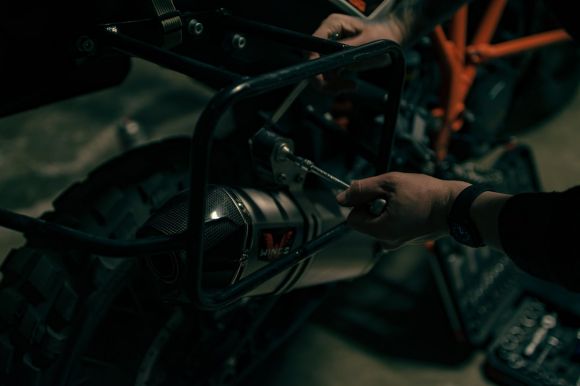The clutch is an essential component of a motorcycle that allows the rider to engage and disengage power from the engine to the transmission. It is responsible for smooth gear changes and overall control of the bike. However, like any other mechanical part, the clutch requires regular maintenance and adjustment to ensure optimal performance. In this article, we will explore the importance of clutch maintenance and provide step-by-step instructions on how to adjust the clutch on a motorcycle.
Why Clutch Maintenance Matters
Proper clutch maintenance is crucial for several reasons. First, a well-maintained clutch ensures smooth and precise gear changes, allowing the rider to shift up and down effortlessly. Second, regular maintenance can prevent clutch slippage, which occurs when the clutch fails to engage properly, resulting in a loss of power and acceleration. Lastly, neglecting clutch maintenance can lead to premature wear and damage to other components, such as the clutch plates and springs, resulting in costly repairs.
Inspecting the Clutch
Before adjusting the clutch, it is essential to inspect it for any signs of wear or damage. Start by examining the clutch lever and cable for any fraying or kinks. Ensure that the clutch lever moves smoothly and returns to its original position when released. Next, remove the clutch cover to inspect the clutch plates and springs. Look for any signs of excessive wear, such as grooves or discoloration. Additionally, check the clutch spring tension by measuring the gap between the spring coils.
Adjusting the Clutch Cable
A properly adjusted clutch cable is vital for smooth operation. Begin by loosening the lock nut located near the clutch lever. Then, turn the adjustment screw clockwise to increase slack or counterclockwise to reduce slack. The ideal amount of free play varies between different motorcycle models, so consult your owner’s manual for specific instructions. Once the desired amount of free play is achieved, tighten the lock nut to secure the adjustment.
Adjusting the Clutch Engagement Point
The clutch engagement point refers to the position at which the clutch begins to transmit power from the engine to the transmission. Adjusting this point can significantly impact the feel and performance of the clutch. To adjust the engagement point, locate the clutch cable adjuster, typically found near the engine case. Turn the adjuster clockwise to increase the engagement point or counterclockwise to decrease it. It is essential to find a balance between a smooth engagement and avoiding clutch slippage.
Checking the Clutch Plates and Springs
If you suspect that your clutch plates or springs are worn or damaged, it is crucial to replace them promptly. To inspect the plates, remove the clutch cover and separate the plates from each other. Look for signs of wear, such as warping or thinning. Measure the thickness of the plates using a caliper to ensure they are within the manufacturer’s specifications. Similarly, inspect the clutch springs for any signs of fatigue or breakage. Replace any worn or damaged components accordingly.
In conclusion, proper clutch maintenance and adjustment are vital for ensuring smooth gear changes, preventing clutch slippage, and extending the lifespan of the clutch components. By regularly inspecting the clutch, adjusting the clutch cable and engagement point, and replacing worn or damaged parts, riders can enjoy optimal clutch performance and a more enjoyable motorcycle riding experience. Remember to consult your motorcycle’s owner’s manual for specific instructions and always prioritize safety when working on your bike’s clutch.
